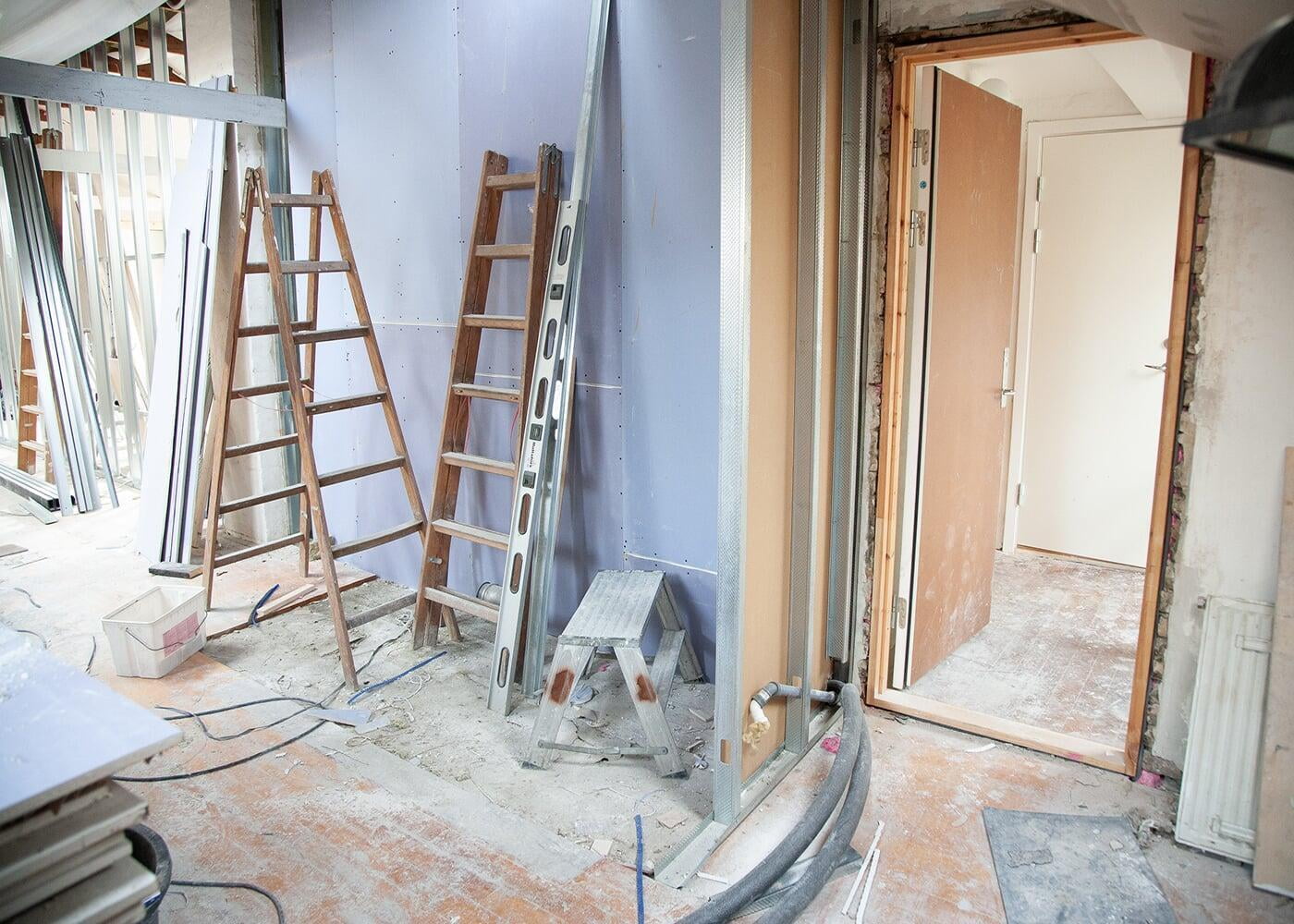
Say you’ve found the perfect neighborhood, but the home prices are a bit out of budget. An enticing solution for many may be to find a fixer-upper, with hopes of renovating it into a dream home. This can be a cost-effective option - but it requires patience, know-how, and extra room in the budget for renovation costs.
If you’re considering purchasing a home that requires some TLC before move-in day, you’ll need to know how to cover your renovation expenses - if you’re not prepared to pay for them out of pocket.
Rolling Renovations Into Your Mortgage
It is possible to roll your renovation costs into your mortgage, but you’ll want to consider the pros and cons carefully before going this route.
Option #1: FHA 203(k) Loan
The Federal Housing Administration insures certain mortgage loans, and there are two versions of this based on the type of renovations that you will be doing. They can be used in 15-, 20-, 25- and 30-year mortgage rates. Borrowers need to have a minimum credit score of 580 and a 3.5% downpayment. If your credit score is between 500 and 579, you can still qualify with a 10% downpayment.
If the home is your primary residence and you will be making major repairs, then you may be looking at a standard 203(k) loan. Repairs or renovations that tend to fall under this category include:
- Fixing foundational issues to remove safety risks
- Additions to rooms
- Floor repairs
- Elimination of health or safety hazards
- Fixing roofing and gutters
- Replacing plumbing or installing a septic system
- Make the home more energy-efficient
This loan has a minimum required amount of $5,000, and it can cover up to $970,800 depending on the location.
If your renovations and repairs are less extensive, you may be looking at a limited 203(k) loan. To be eligible for a 203(k) limited loan, these upgrades must be less than $35,000 total. This type of loan is for changes such as:
- Upgrading the kitchen
- Renovating the bathroom
- Replacing older appliances
- Painting your house
Option #2: Fannie Mae HomeStyle Renovation Loan
With a Fannie Mae Homestyle Loan, homebuyers and existing homeowners are able to combine their home purchase, or they can refinance for renovations into a single mortgage. By using this option, the buyers will not need to get a secondary loan.
If purchasing a single-family home, buyers can potentially qualify for a 3% downpayment. Additionally, these types of loans are available in 15- and 30-year fixed-rate mortgage terms.
Option #3: Freddie Mac Renovation Mortgage
If a homebuyer is trying to renovate or repair their home through refinancing or by purchasing it, then this is an option for buyers. They are available for fixed-rate mortgages with 15-, 20- or 30-year terms.
For a single-family home, borrowers must contribute a down payment of:
- 5% for a single-family home
- 15% for a two-unit home
- 20% for three and four-unit homes
When it comes to obtaining this type of mortgage, there are some eligibility guidelines that should be followed, such as:
- The homebuyer cannot be affiliated with a builder, developer or seller.
- Manufactured homes do not qualify.
- Primary homes, investment and secondary homes are eligible.
- Credit score of at least 660 if putting down less than 25% or credit score of at least 620 if putting down more than 25%.
Other Renovation Loan Types
You have other avenues to explore if rolling your renovation costs into your mortgage is not a viable or appealing option. These include personal loans and lines of credit.
Unsecured Personal Loan
Borrowers can take out an unsecured personal loan, which usually ranges from $1,000 to $50,000, but the financing won’t be backed by your home. Keep in mind that these usually come with higher interest rates since they are not secured.
Unsecured Personal Line of Credit
This type of loan is similar to a credit card, and once it has been approved, the borrower is issued a line of credit that they must pay back with interest. These lines of credit generally range from $1,000 to $100,000 and can be reused once the amount is paid back.
If you’re considering the purchase of a fixer-upper, you have several options when it comes to financing the renovations needed to make it the home of your dreams. While it can seem like quite the undertaking, with the right types of financing and loans, buying a fixer-upper can really save in the long-run. If you would like advice on how this could work for you feel free to...
This content is developed from sources believed to be providing accurate information. The information in this material is not intended as investment, tax, or legal advice. It may not be used for the purpose of avoiding any federal tax penalties. Please consult legal or tax professionals for specific information regarding your individual situation. The opinions expressed and material provided are for general information, and should not be considered a solicitation for the purchase or sale of any security. Digital assets and cryptocurrencies are highly volatile and could present an increased risk to an investors portfolio. The future of digital assets and cryptocurrencies is uncertain and highly speculative and should be considered only by investors willing and able to take on the risk and potentially endure substantial loss. Nothing in this content is to be considered advice to purchase or invest in digital assets or cryptocurrencies.
Enjoying Escient Financial’s Insights?
Escient Financial does NOT sell subscriber information. Your name, email address, and phone number will be kept private.
















